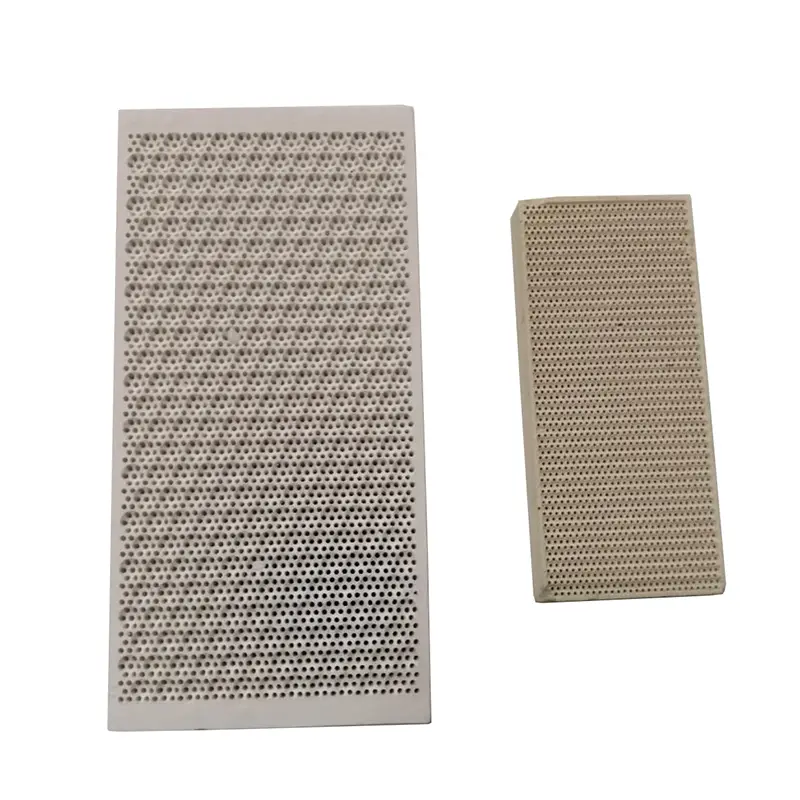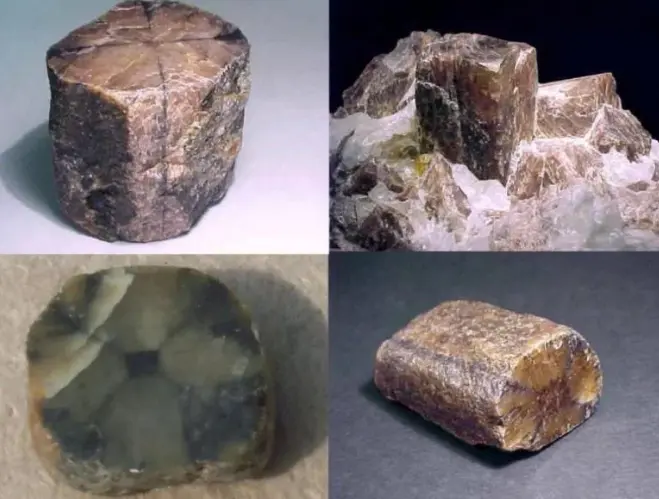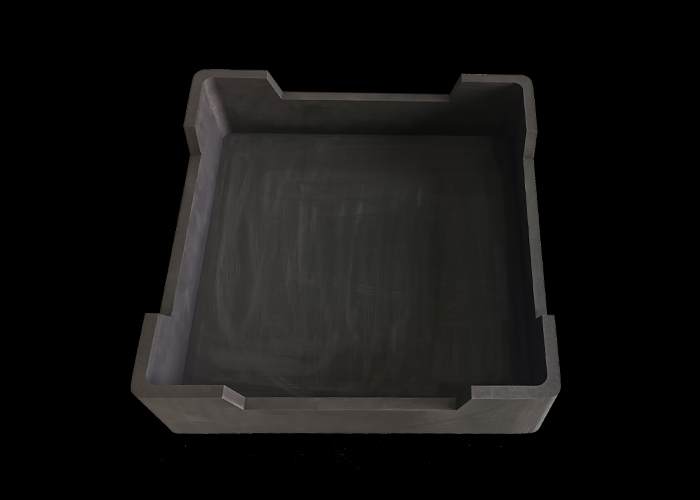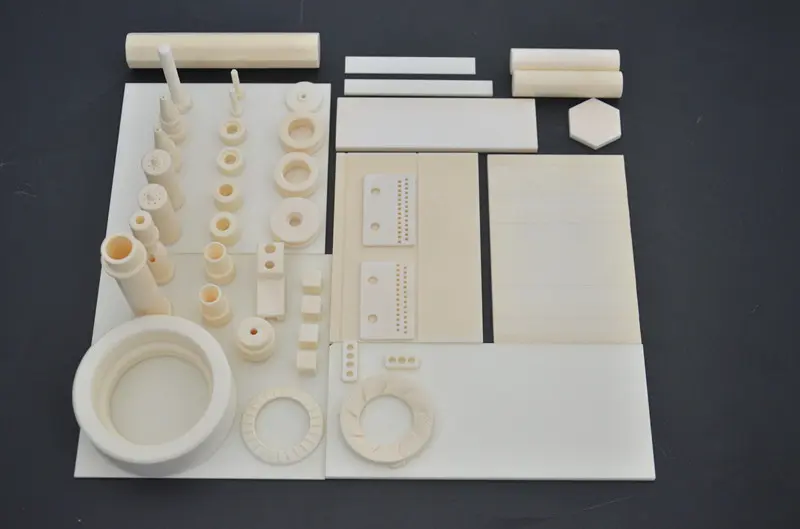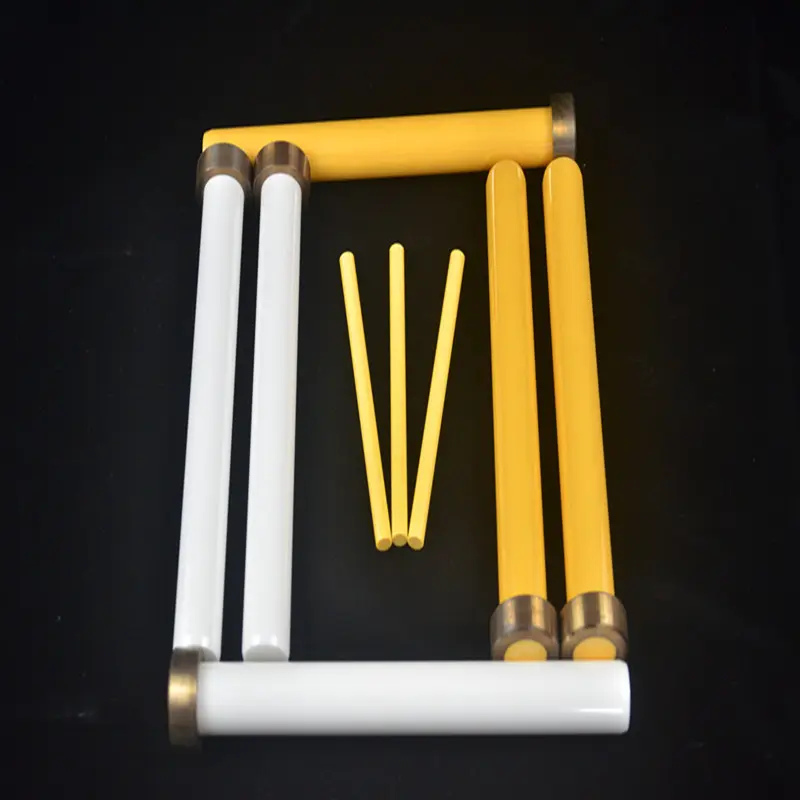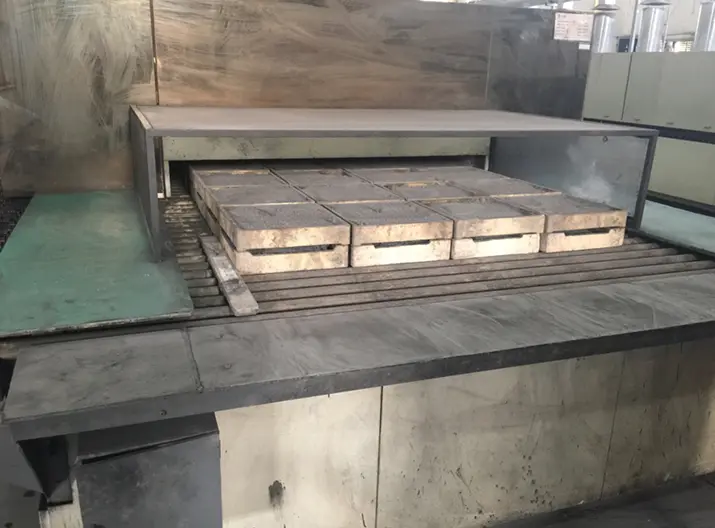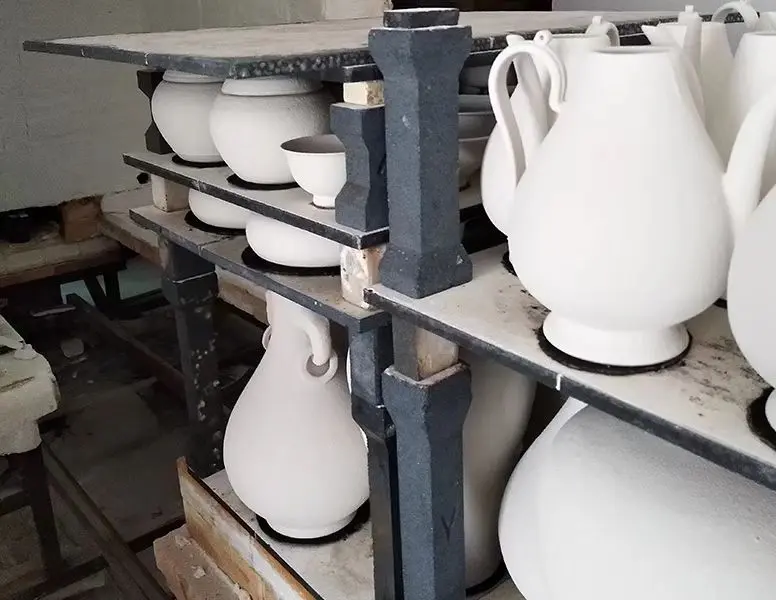Cordierite Ceramics: Engineered for Thermal Resilience
Key Characteristics:
-
Ultra-Low Thermal Expansion (CTE): This is cordierite's defining feature. Its highly anisotropic crystal structure results in an extremely low, and sometimes even slightly negative, average coefficient of thermal expansion (typically 1.0 - 2.5 x 10⁻⁶ /°C in the range 25-1000°C). This minimal dimensional change upon heating or cooling is the root cause of its outstanding thermal shock resistance.
-
Superior Thermal Shock Resistance: The low CTE means Cordierite Ceramics experience minimal internal stress when subjected to rapid temperature fluctuations. They can withstand repeated, severe thermal cycling (e.g., rapid heating from room temperature to over 1000°C or sudden quenching) without cracking or catastrophic failure, outperforming most other oxide ceramics.
-
High Melting Point & Thermal Stability: Cordierite ceramics maintain structural integrity and dimensional stability at high temperatures, typically usable up to 1200-1300°C in oxidizing atmospheres.
-
Good Chemical Inertness: They exhibit good resistance to attack by many molten metals, salts, and corrosive gases (especially under oxidizing conditions), although susceptibility to strong acids and basic slags exists.
-
Moderate Mechanical Properties: While not as strong or hard as alumina or silicon carbide at room temperature, cordierite possesses adequate strength and stiffness for its typical applications. Its key mechanical advantage lies in maintaining these properties reasonably well under thermal cycling due to minimal stress buildup.
-
Low Dielectric Constant & Loss: This makes it suitable for specific electronic applications requiring good electrical insulation at high frequencies.
-
Formability into Complex Shapes: Cordierite ceramics, particularly in the form of extruded honeycombs, can be manufactured into intricate cellular structures with high open frontal area and geometric surface area.
Primary Applications:
-
Automotive Emission Control: This is the dominant application. Catalytic converter substrates and diesel particulate filters (DPFs) are almost exclusively made from extruded cordierite honeycombs. The combination of ultra-low CTE (critical for surviving exhaust gas pulsations and cold starts), high thermal shock resistance, chemical inertness in exhaust gas, and the ability to form thin-walled honeycombs with high surface area for catalyst coating is unmatched. Cordierite DPFs also trap soot effectively.
-
Kiln Furniture (Saggars, Setters, Posts): Used extensively in ceramic firing (pottery, tiles, sanitaryware, Technical Ceramics) and metallurgical heat treatment. Plates, setters, posts, and saggars made from cordierite support ware during firing. Their thermal shock resistance allows rapid kiln cycling without cracking, while their stability prevents warping and reaction with the ware being fired.
-
Radiant Burner Tiles/Plates: Porous cordierite plates are used in infrared gas burners. They allow gas/air mixture to pass through, combust on the surface, and radiate intense, uniform infrared heat efficiently. Their thermal shock resistance handles the ignition and cooling cycles.
-
Heat Exchanger Cores: Honeycomb or other structured cordierite monoliths are used in high-temperature recuperators and regenerators to recover waste heat from furnace exhaust gases due to their thermal stability and shock resistance.
-
Foundry Cores & Molds: Used for intricate metal casting shapes where dimensional stability and resistance to molten metal thermal shock are required.
-
Electronic Substrates & Insulators: Its low dielectric constant and loss, combined with thermal stability, make it suitable for specific high-frequency circuit boards, radomes, and insulating components in electronics operating at elevated temperatures.
-
Laboratory Ware: Crucibles, tubes, and reaction vessels for specific high-temperature chemical processes where thermal shock is a concern.
In essence, cordierite ceramics excel where rapid temperature changes are unavoidable. Their unparalleled thermal shock resistance, stemming from their unique ultra-low thermal expansion, underpins their critical role in automotive pollution control, high-efficiency industrial heating, and numerous demanding thermal processes, making them a cornerstone material for modern high-temperature engineering.


